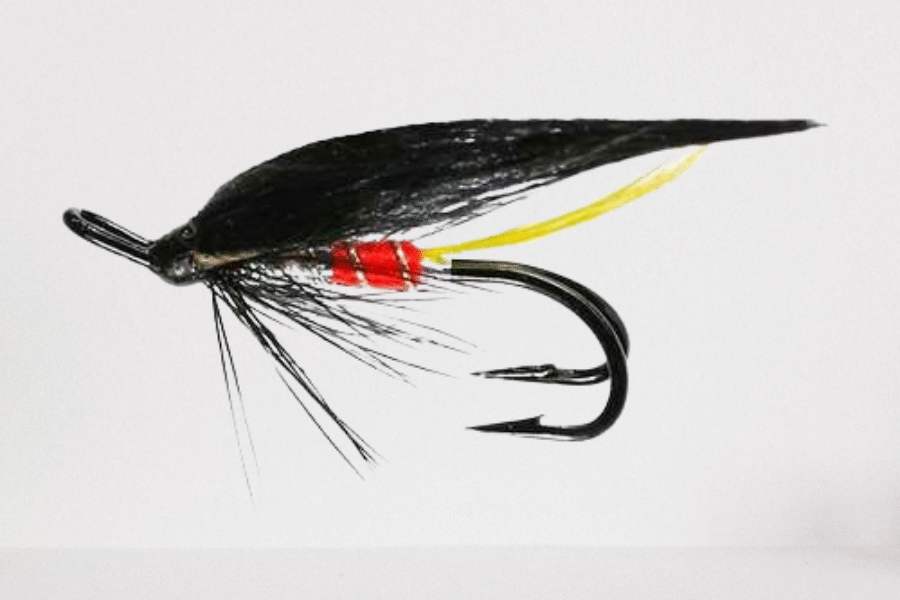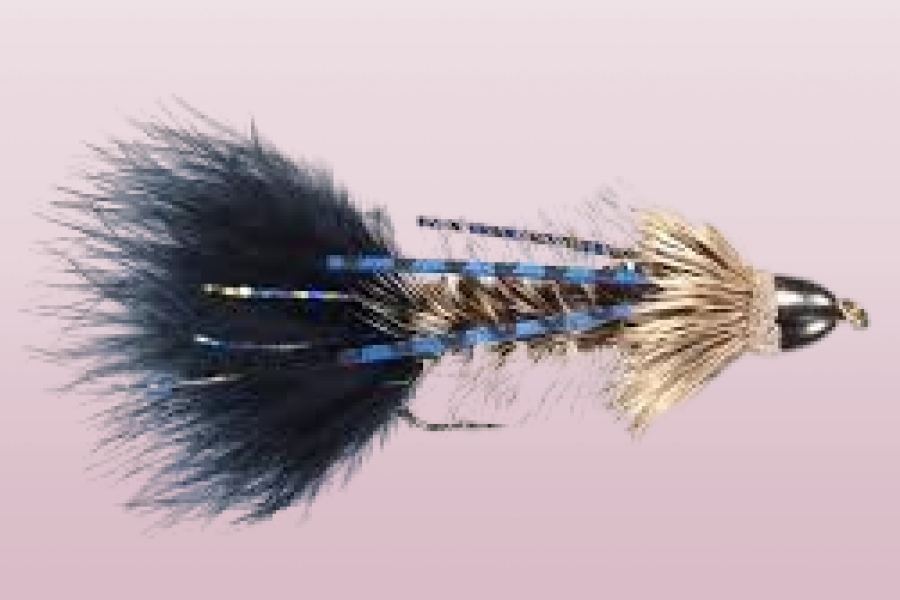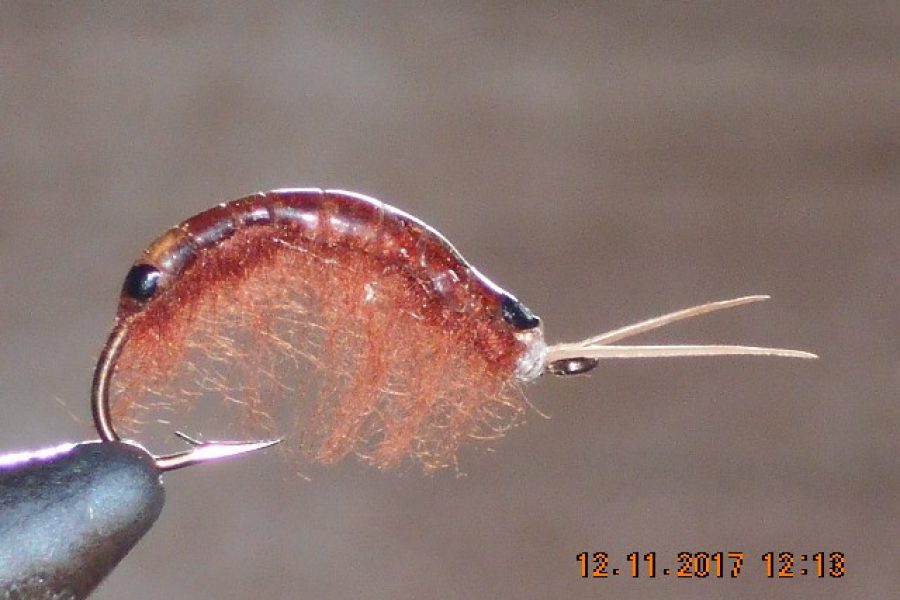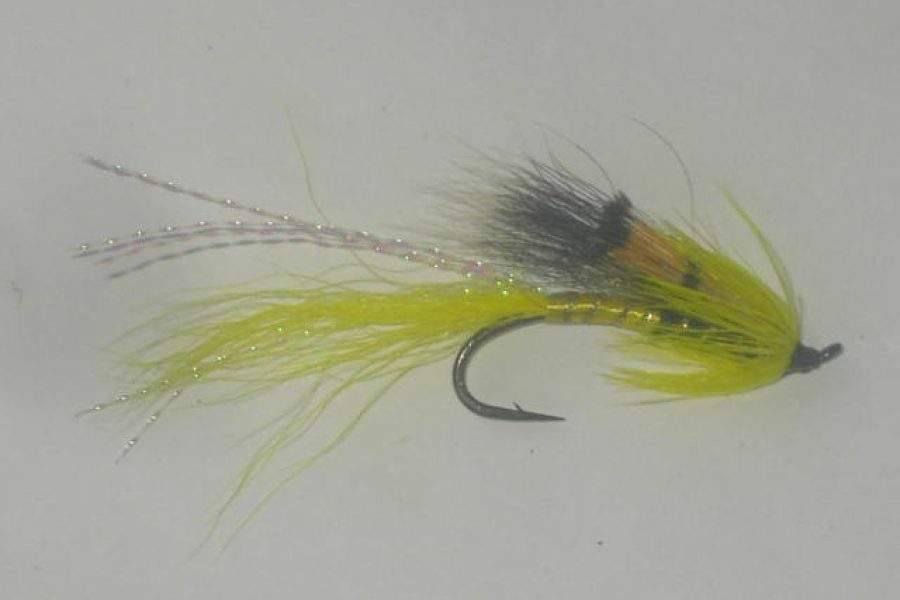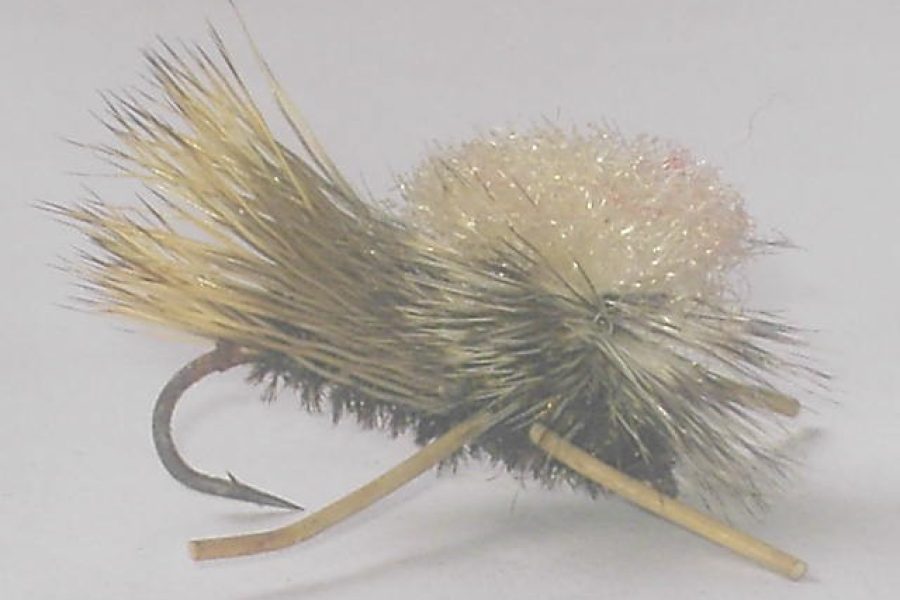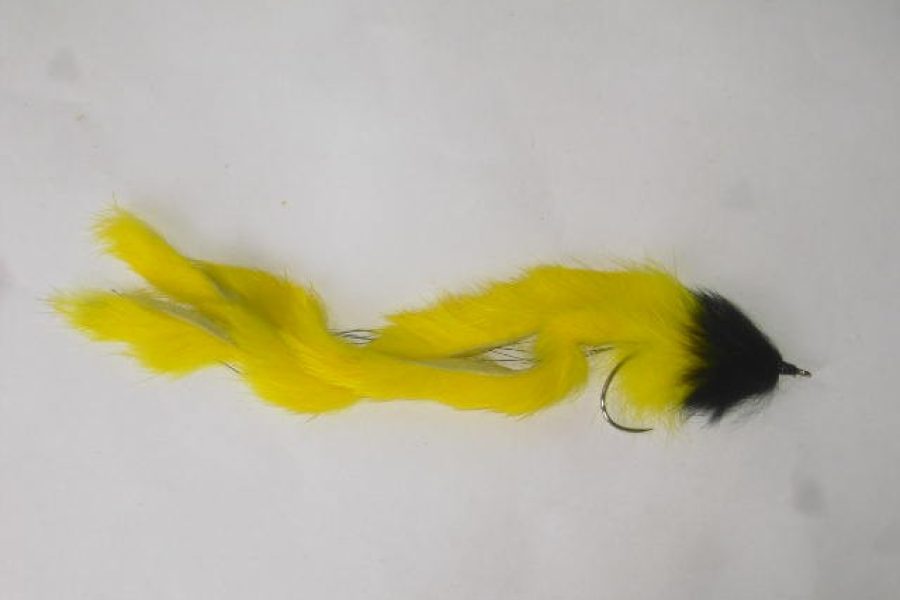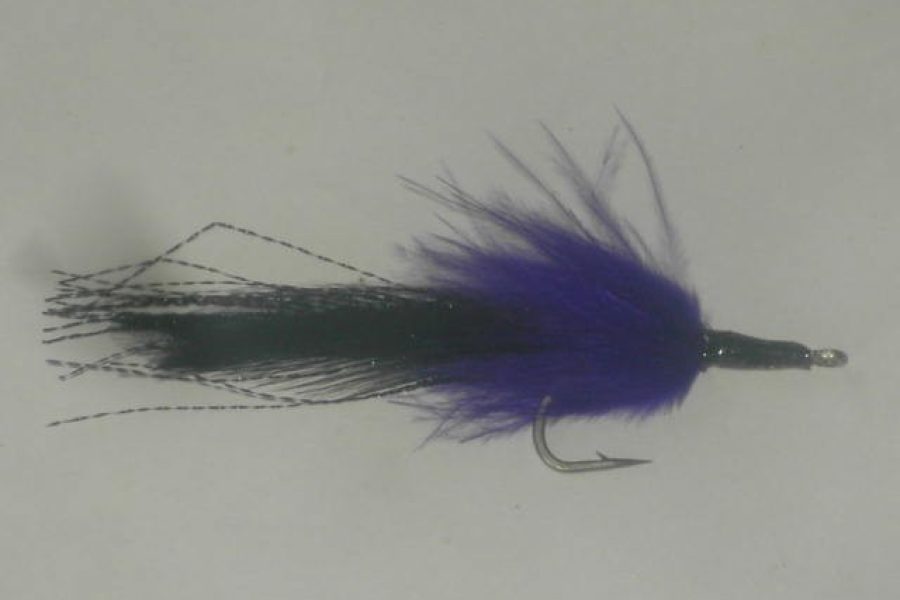Description
Royal Coachman Wet Fly – Classic American Pattern
The Royal Coachman Wet Fly represents one of America’s most iconic and enduring fly patterns, combining classic design elements with proven fish-catching effectiveness. This meticulously crafted pattern features carefully selected materials that create a compelling profile in the water, making it particularly effective for targeting trout across various conditions.
Design Excellence and Historical Significance The pattern showcases sophisticated yet traditional design elements that have stood the test of time. Its carefully engineered proportions provide perfect movement in the water, while the distinctive red band and peacock herl body create a highly attractive profile that trout readily recognize. The combination of traditional materials and time-tested design makes it particularly successful across various fishing situations.
Material Selection and Technical Construction Every component is carefully selected for both performance and durability:
- Premium peacock herl
- Bright red floss band
- Quality white wing
- Brown hackle
- Traditional wet fly hook
- Reinforced construction techniques
Strategic Fishing Applications This pattern excels in multiple scenarios:
- Subsurface presentations
- Various water types
- Multiple depths
- Different species
- Diverse conditions Each environment allows the pattern to showcase its effectiveness.
Seasonal Effectiveness The pattern demonstrates remarkable productivity throughout the year:
- Spring: Early season
- Summer: Evening fishing
- Fall: Active feeding
- Winter: Deep presentations Seasonal adaptations in presentation maximize success.
Species-Specific Performance While primarily designed for trout, the pattern proves deadly for:
- Brown trout
- Rainbow trout
- Brook trout
- Grayling
- Various species
Water Presentation Characteristics Superior presentation qualities include:
- Natural drift
- Perfect silhouette
- Realistic profile
- High visibility
- Lifelike movement
Advanced Retrieval Techniques To maximize pattern effectiveness:
- Traditional wet fly swing
- Cross-current presentation
- Various speeds
- Pattern manipulation
- Current tracking
Technical Advantages Key performance benefits include:
- Superior movement
- Natural presentation
- Excellent visibility
- Durable construction
- Multiple fishing applications
Line and Leader Configuration For optimal presentation:
- Floating lines
- Wet fly leaders
- Medium tippets
- Proper turnover
- Traditional connections
Environmental Adaptability The pattern performs consistently across:
- Various water clarities
- Different current speeds
- Multiple water types
- Various light conditions
- Different temperature ranges
Competition and Professional Applications The Royal Coachman has established itself in serious angling:
- Traditional effectiveness
- Guide’s choice
- Professional use
- Teaching pattern
- Reliable producer
Size Variations and Pattern Modifications Available in multiple configurations:
- Sizes 10-16
- Hackle variations
- Wing modifications
- Body proportions
- Profile adjustments
Storage and Maintenance Requirements To maintain optimal performance:
- Store in ventilated boxes
- Protect materials
- Regular inspection
- Proper drying essential
- Hook maintenance
Advanced Rigging Techniques Multiple rigging options enhance versatility:
- Traditional wet fly setup
- Dropper configurations
- Team of three
- Specialized leader designs
- Depth control methods
Historical Context and Evolution The pattern’s development reflects:
- American fly fishing heritage
- Traditional design elements
- Refined proportions
- Proven effectiveness
- Continuous relevance
Quality Control Standards Each fly maintains strict requirements:
- Precise proportions
- Traditional construction
- Material integrity
- Classic selection
- Pattern uniformity
Fishing Location Selection Optimal fishing locations include:
- Riffle sections
- Current seams
- Feeding lanes
- Traditional lies
- Stream structure
Weather and Condition Considerations Pattern effectiveness varies with:
- Water levels
- Current speed
- Water clarity
- Temperature
- Light conditions
Presentation Techniques Achieving proper presentation through:
- Traditional casting
- Proper mending
- Swing control
- Distance management
- Line control
Color and Profile Characteristics The pattern’s traditional coloration provides:
- Natural imitation
- Classic appearance
- Low-light effectiveness
- Clear water effectiveness
- Versatile presentation
Movement Characteristics Natural movement achieved through:
- Hackle action
- Wing design
- Body materials
- Traditional mobility
- Presentation technique
Durability Features Construction elements ensuring longevity:
- Reinforced wing
- Quality material selection
- Proper proportioning
- Strategic construction
- Hook point protection
Target Species Behavior Understanding fish response to:
- Traditional profile
- Natural appearance
- Movement triggers
- Feeding patterns
- Strike triggers
Water Type Adaptations Effective across various waters:
- Classic streams
- Traditional rivers
- Different currents
- Various structures
- Multiple depths
Casting Techniques Specialized casting methods:
- Traditional wet fly cast
- Roll casting
- Line speed control
- Loop formation
- Wind adaptation
Strike Detection Recognizing takes through:
- Visual observation
- Line movement
- Leader hesitation
- Direct strikes
- Tactile detection
Hook Setting Techniques Proper hook setting through:
- Timing considerations
- Pressure control
- Direction management
- Follow-through
- Fish behavior reading
Fighting Techniques Landing fish effectively:
- Pressure application
- Direction control
- Line management
- Fish behavior adaptation
- Landing strategies

